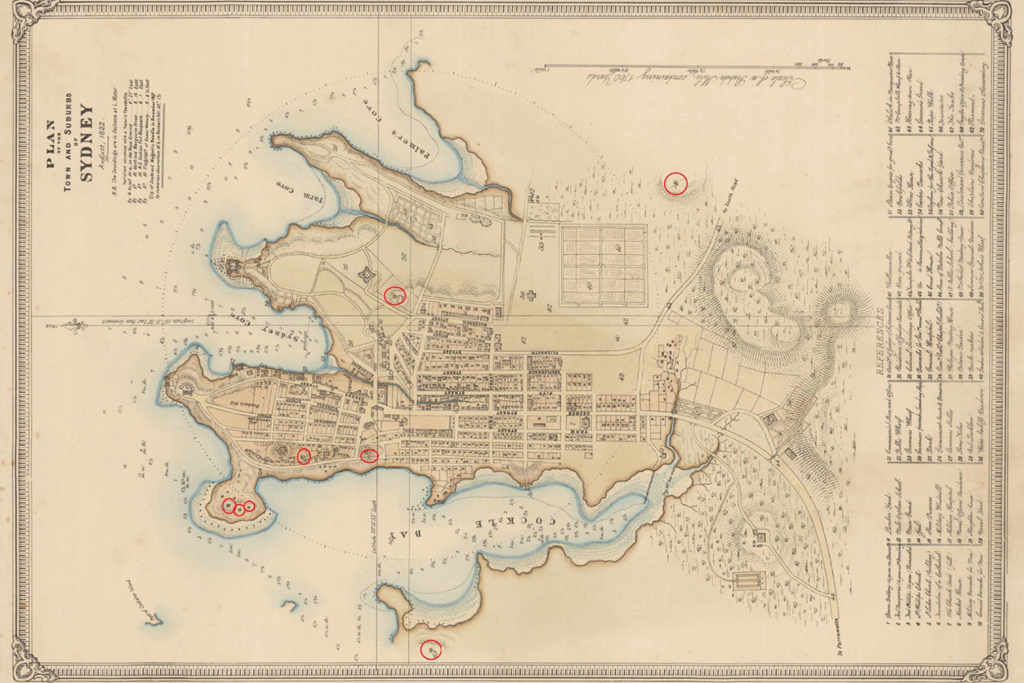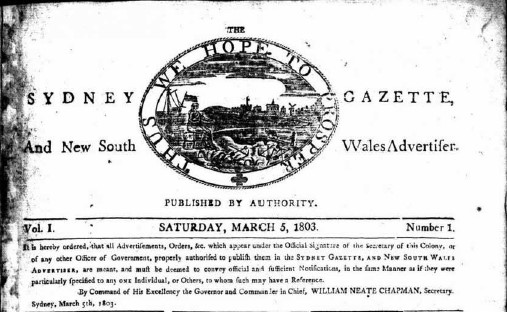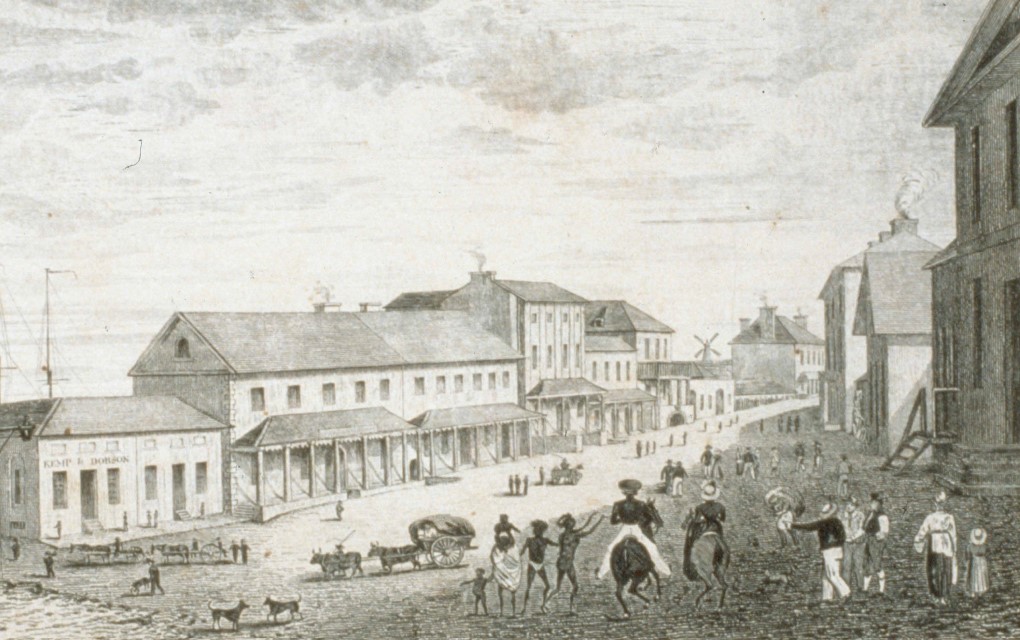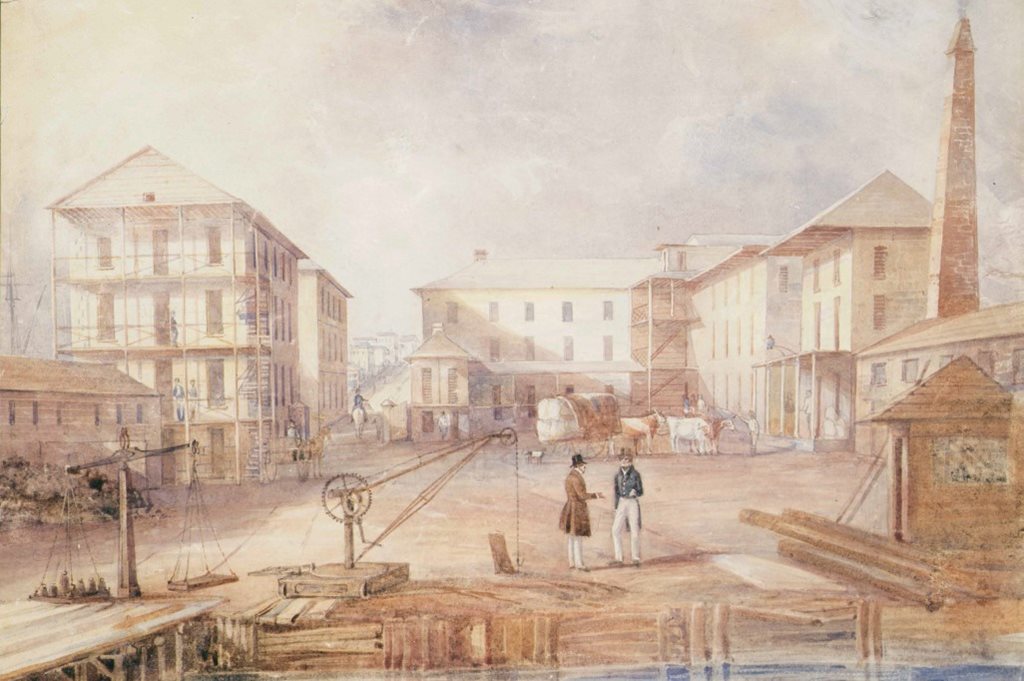Windmills on the Skyline

Before Skyscapers
After the first was built on Flagstaff Hill (now Observatory Hill) in 1796, windmills dotted the entire Sydney landscape, all the way from The Rocks to Parramatta. A map of Sydney, published in 1822, marks a total of 8 windmills in the area.

The arrival of windmills

Windmills' impact on culture
Windmills also became entwined with culture. In 1796, ex-convict baker Robert Sidaway opened Sydney’s first theatre, where entry could be paid with flour. A few decades later, Barnett Levey crowned his George Street theatre with its own windmill, echoing Paris’s Moulin Rouge. Flour had quite literally bought the city’s first ticket to the arts. The legacy of Sydney’s windmills lives on in local names. Windmill Street once climbed toward three towering mills above Darling Harbour. And John Leighton—an ex-convict known as “Jack the Miller”—left his mark on “Jack the Miller’s Point,” later shortened to Millers Point.
Image: Lower George Street from the Wharf, Sydney, 1829, drawn and engraved by J. Carmichael, line engraving print, State Library of New South Wales

When steam stole the skyline
Image: State Library of New South Wales